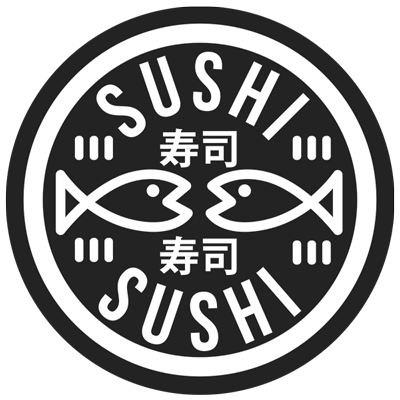The Authentic Kyoto Umami Experience
World-reknowned washoku expert Yoji Satake tells us it’s all in the stock, as he gives us a masterclass in authentic dashi from his homeland…
"There are three main things that human beings find tasty; oil, sugar and umami,” says Satake, executive chef at Mayfair’s prestigious Tokimeite restaurant. “In western cuisine, mainly you use oil. Japanese cooking uses umami as the main flavour. It is a very simple flavour.”
‘Umami’ roughly translates as ‘deliciousness’ in Japanese. It basically describes the feeling of more-ishness that occurs when the glutamic acid molecules found in umami foods bind to the tongue receptors, enhancing the taste of the rest of the meal. Although not exclusive to Japanese cooking (umami naturally occurs in many foods such as shellfish, beef, mushrooms - even breast milk), it’s only in relatively recent years that the rest of the world has fully understood it’s importance to cooking. It is now acknowledged as the ‘5th taste’, alongside sweet, sour, salty and bitter.
In Japan however, umami has been fundamental to their culinary culture throughout history. The theory goes that because meat-eating was frowned upon for long periods in Japanese history, dashi (stock) became a fundamentally important part of a diet that couldn’t derive more-ishness from the same sources as the west.

YOJI SATAKE’S TRADITIONAL DASHI:
INGREDIENTS
- 2000ml water (“in order to have a good taste of Kombu you need soft water”)
- 40g of Kombu (Sea Kelp)
- 40g Katsuo (bonito flakes)
METHOD
- Cook at Kombu 70 degrees for 40-60 minutes
- Then increase to 90 degrees
- Add 40 gram of katsuo flakes
- Cook for 5 more mins
- Strain and reserve the stock
“Flavour-wise, Kyoto cuisine always has strong stock from kelp seaweed. That distinguishes it from other Japanese styles of cooking. If you go to other parts of Japan, they don’t use as much seaweed so don’t soak it as long at high temperature.”

Satake showed us how dashi can be used as a base for many different dishes. Here we see it combined with sumptuous wagyu beef and quintessentially Kyoto vegetables: the Kujo spring onion and Kamo aubergine.
The wagyu beef was courtesy of our hosts Tokimeite, who invited Satake to perform a traditional demonstration of Kyoto washoku. Satake is an 11th generation chef and head of the legendary Minokichi restaurant group back home in Kyoto, which will celebrate its 300th anniversary this year. With the backing of parent group Zen Noh International, Satake and Tokimeite are on a mission to spread their centuries-old traditions in the UK. The restaurant in Mayfair is just the beginning.
“The phrase ‘umami’ is becoming more popular in England,” according to Satake. “But we must educate more people to truly understand it.”



